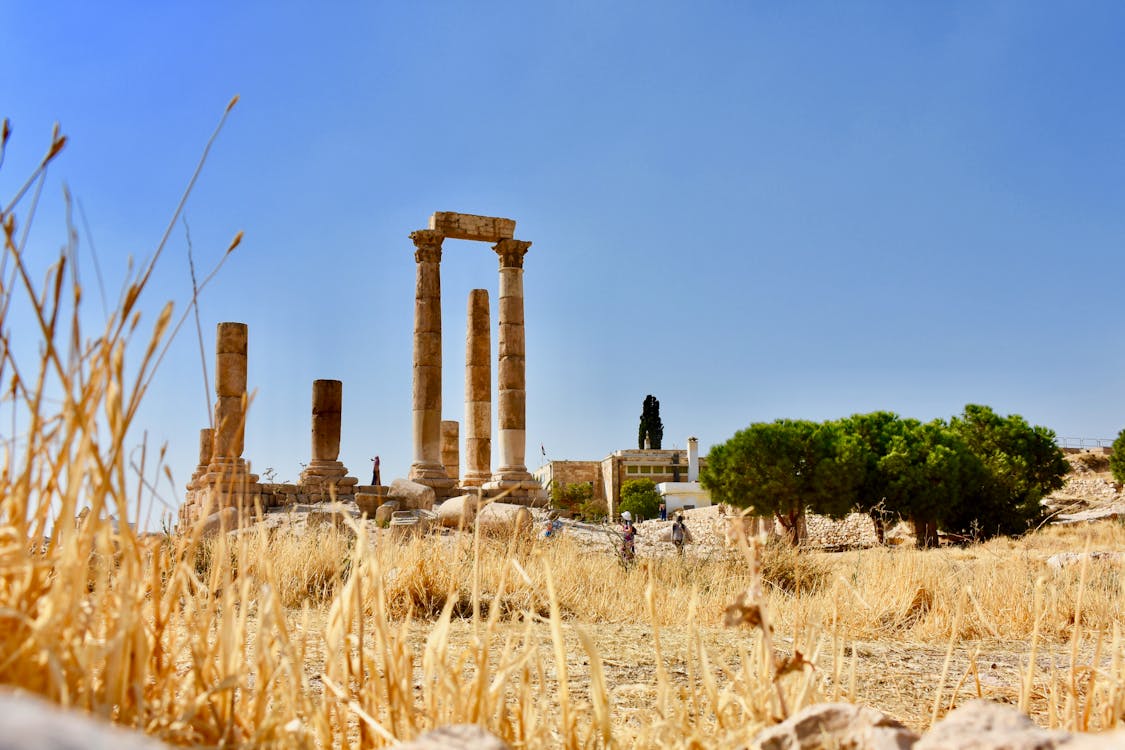Introduction
The economy of Ancient Rome was one of the most advanced and sophisticated of its time, characterized by its vast trade networks, thriving industries, and well-developed agriculture. In this article, we will explore the various aspects of the economy of Ancient Rome, including trade, industry, and agriculture, and how they contributed to the growth and stability of the Roman Empire.
1: Trade
Trade was a critical component of the Roman economy, and the empire maintained extensive trade networks throughout the Mediterranean world and beyond. Rome was known for its vast network of roads, ports, and shipping lanes, which made it possible to transport goods quickly and efficiently throughout the empire.
The Roman Empire was also known for its high-quality trade goods, including textiles, pottery, metalwork, and glass. Roman merchants traded these goods throughout the empire and beyond, and they were in high demand for their quality and craftsmanship.
One of the most important aspects of the Roman trade network was its use of currency. The Roman Empire was the first to use a standardized currency, which made it easier to conduct trade and to keep track of transactions. The Roman denarius was a silver coin that was widely used throughout the empire and became the standard currency for trade and commerce.
2: Industry
Industry was also a critical component of the Roman economy, and the empire was known for its thriving industries, including metalworking, textiles, and ceramics. The Roman Empire was particularly well known for its metalworking industry, which produced high-quality weapons, tools, and household items.
The Roman textiles industry was also highly developed, and the empire was known for its production of high-quality woolen textiles, which were exported throughout the Mediterranean world. The Roman ceramics industry was also highly regarded, and Roman pottery was prized for its quality and craftsmanship.
3: Agriculture
Agriculture was a critical component of the Roman economy, and the empire was known for its well-developed agricultural sector. The Roman Empire was characterized by its large-scale farms, which were owned by wealthy landowners and operated by slaves. These farms produced a wide range of crops, including wheat, barley, grapes, and olives, which were used to feed the growing population of the empire.
The Roman Empire was also known for its advanced agricultural techniques, which included the use of irrigation systems and the development of new crops, such as the olive and the grape. These innovations helped to increase agricultural productivity and allowed the empire to sustain its growing population.
![In the Know with Informium: Discovering [The World] In the Know with Informium: Discovering [The World]](https://blogger.googleusercontent.com/img/a/AVvXsEgcDyR0p1ytrjUEjbVNRJ1Rt66C4X1HYJkQZjuSh_BLJNHQVjppjSqTkcbP2tqgWZ84RhZMkFxCHCC-SxGuMPnSww7DG8x0MVE6d7sDvaEGkbPJuvtq_uY2i7hHDjuprQUzeDt2QcAcWChEFl49Huojm3fLHYpSjoXabD75WmhgSI2yfCktm3WuB86PMQ=s150)
